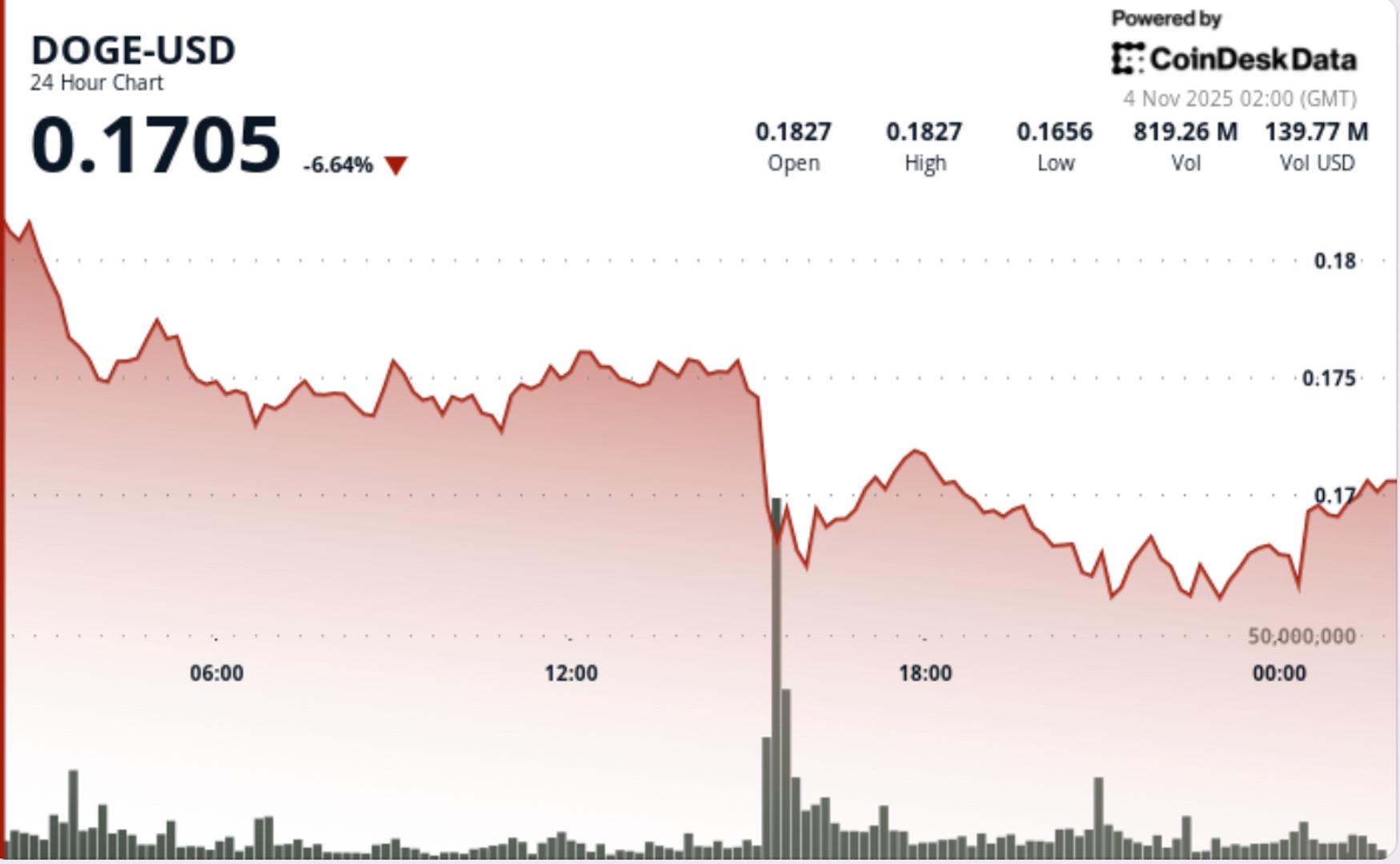How Hedera Hashgraph Is A Model of Next-Generation Security AllinCrypto August 13, 2025
Hedera Hashgraph stands out for its attention to robust security, distinguishing itself against other networks with a strong consensus model.
As an institution-focused network, security is one of the most important features that a network should focus on. With poor security, institutions will quickly pass and move to other networks.
Let’s take a look at Hedera Hashgraph’s security and how its strong defences are built into the architecture of the network.
Hedera’s Asynchronous Byzantine Fault Tolerance (ABFT)
At the core of Hedera’s security is its Asynchronous Byzantine Fault Tolerant (ABFT) consensus mechanism.
Hedera Hashgraph was the first crypto network to have an ABFT consensus, long before Fantom (Now Sonic), created their own version of ABFT dubbed Lachesis.
The Hashgraph consensus allows the network to tolerate malicious behavior while still being able to consistently reach agreements on transaction orders and network states.
If malicious users controlled a third of the total stake or manipulated message deliveries, the network would continue to function, avoiding any downtime and leakages.
When it comes to building robust security in crypto, the consensus mechanism can decide whether a network will fall or survive an attack. Proof-of-work networks are most susceptible to attacks, which is why layer 2 networks, built on top of L1s, help protect them.

In the future, the Hedera consensus can benefit from being a post-quantum network, able to withstand quantum threats. Providing this, Hedera has worked with SEALSQ + WISEKey, a firm that’s helped the US military produce post-quantum defences for drones.
“Gossip-About-Gossip”
Hedera’s “gossip-about-gossip” protocol forms the backbone of its ABFT consensus mechanism. Instead of setting data into blocks like traditional blockchains (Bitcoin), each node randomly shares its knowledge, including cryptographic hashes of older messages, with other peers.

Once nodes have acsess to this shared history, they’re able to determine the consensus ordering via virtual voting, deducing the voting outcome mathematically without broadcasting their votes. This avoids excess messaging, eliminates the reliance on a central leader, and minimizes attack methods like DDoS.
Such network innovations not only help with quick finality but also are able to uphold ACID properties (Atomicity, Consistency, Isolation, and Durability).
Hedera at the Government Standard
Security within the Hedera ecosystem extends to network communications. The network is able to employ SHA-384 hashing and ED25519 for client signatures, an implementation that complies with the current CNSA (Commercial National Security Algorithm) Suite, the US government’s information protection standard for top-secret data.
Technically, HBAR could be utilized by the US government for more than tokenization, but also in communications.
The design of Hedera’s consensus makes it inherently resistant to distributed denial-of-service attacks due to the absence of centralized leaders, and redundant messaging that makes it hard to target any single network weak point.
Hedera Hashgraph Governance: Stability and Security
Hedera’s governance model reinforces security via distributed oversight. The network is managed by a council of reputable organizations and enterprises such as Google, IBM, Arrow Electronics, and others, who all run nodes to help network upkeep and security.
The Hedera Council minimizes single points of failure while providing corporate accountability and stability for network operations.
Consensus power is equally distributed across participants, making it harder for any one entity or small group to dominate network decision-making.
A report using Gini and Theil metrics ranked Hedera the highest for consensus power equality when compared to other networks such as Ethereum, Algorand, and Bitcoin.

Privacy, Immutability, and Enterprise-Grade Usage
Beyond core security, Hedera offers immutability, ensuring that once smart contracts or messages are recorded, they cannot be altered.
The Hedera Consensus Service (HCS) provides cryptographically verifiable logs with trusted timestamps and order books. HDC allows for the deployment of secure, auditable systems, such as supply chains, IoT systems, and regulated applications that demand privacy and transparency.
Although Hedera remains one of the most secure networks, theoretical risks still exist, such as potential synchronization attacks or consensus delays due to adversarial conditions.
Hedera researchers have documented adversarial strategies that could slow the Hedera consensus, but these risks are largely academic with limited real-world impact.
Hedera Hashgraph: A Master of Security
Hedera Hashgraph has made its reputation as a highly secure network by utilizing its ABFT consensus, gossip protocols, and cryptographic standards that are able to meet strict government-level security.
HBAR’s governance model and consensus distribution add real-world operational strength, while enterprise-grade services like the Hedera Consensus Service introduce immutable trust for applications.
The post How Hedera Hashgraph Is A Model of Next-Generation Security first appeared on AllinCrypto.







